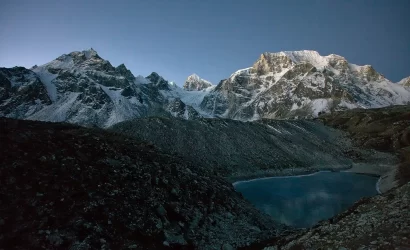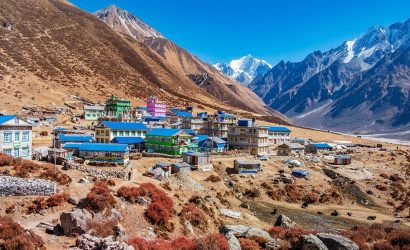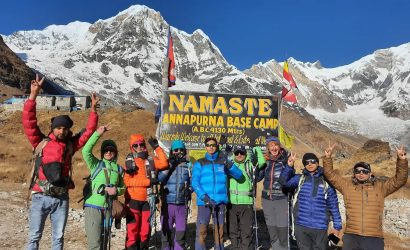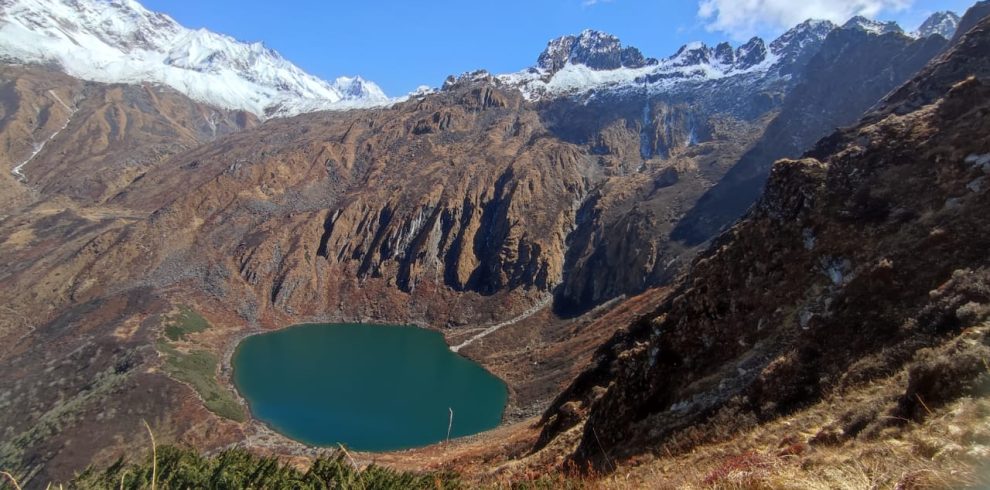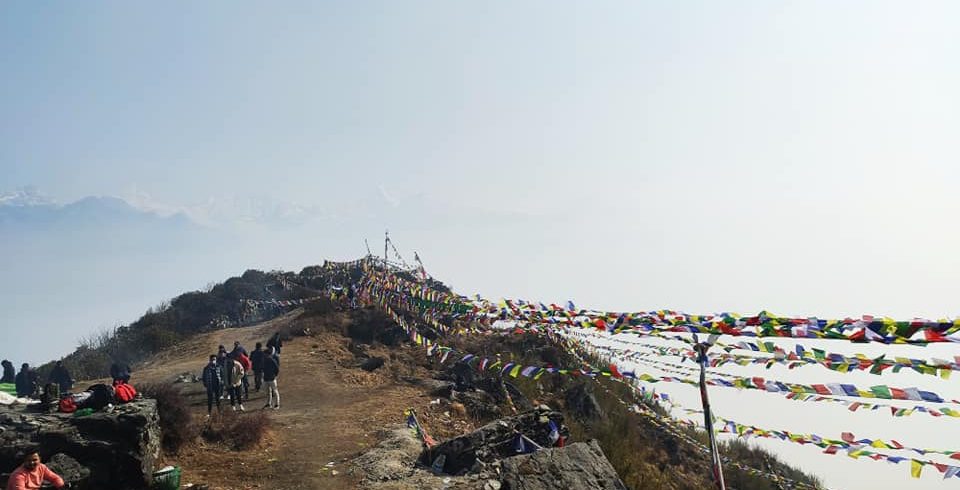-
Moderate
-
Kathmandu
-
Kathmandu
-
Rasuwa
-
Adventure/Active
-
12+
-
Private and Group
-
Fully Guided
-
Instant Booking
-
4380 m
-
March-May and Sep-Nov
Overview
Nestled in the heart of Langtang National Park is the sacred Gosaikunda lake. Hikers also refer to it as Gosainkuna pass or the Surya Kunda pass trek. The other side of Langtang National Park can be reached if they make it across the Gosainkunda pass. The elevation of Lake Gosaikunda is 14,370 ft (4,380 m). Besides Gosainkunda, there are several additional well-known lakes in the vicinity, each of which holds some religious importance in its own right. Legend has it that Shiva, the Hindu god, resides in Gosaikunda.
Both casual hikers and religious tourists go to the Gosaikunda trail. The trek’s 4,300-meter elevation may seem daunting at first, but it’s more than worth it for the breathtaking panoramas of the surrounding mountains and valleys. The hike is a great way for history and culture buffs to get a taste of Nepal. As you travel, you’ll see rhododendron groves, rivers, streams, and towns. Gosaikunda is the final stop on the journey, and it’s here that you’ll get your first glimpse of the stunning lakes that give the region its name. The Gosaikunda Trek will more than satisfy your need for an exciting adventure or a chance to learn about Nepal’s rich culture.
Gosaikunda is surrounded by snow-capped peaks, which may be seen along the hike there. You’ll get a bird’s-eye view of the Annapurna and Langtang mountain ranges, as well as the surrounding mountains in the Langtang region. Some of the mountains you can see from here include: Langtang Lirung (7,227 m), Ganesh Himal (7,422 m), Changbu (6,251 m), Kinshung (6,781 m), Yobra (6,264 m), Yala (5,500 m), Dorje Lakpa (6,966 m), Langshisa Ri (6,427 m), Ganchenpo (6,387 m), Naya Kanga (5, (5,903 meters). A visit to Gosaikunda can fulfill every traveler’s desires, whether they be for physical activity, spiritual fulfillment, or a glimpse into the past.
Highlights
- Walk to the Gosaikunda Lake at an altitude of 4315m.
- Explore Langtang National Park and the rich flora and fauna it has to offer.
- Views of high peaks like Langtang Lirung (7,246 m), Ganesh Himal (7422m), Dorje Lakpa (6966m) and others.
- Look into the culture and lifestyle of the local Tamang people.
- 108 small to medium, alpine freshwater lake. Popular ones among these are Bhairav Kunds.
- Forest of Pine, Maple, and Rhododendron.
- Beautiful sunset and sunrise views over the Himalayas.
Trip Reviews
There are no reviews yet. Be the first one to write one.
Write a Review
Your email address will not be published.


